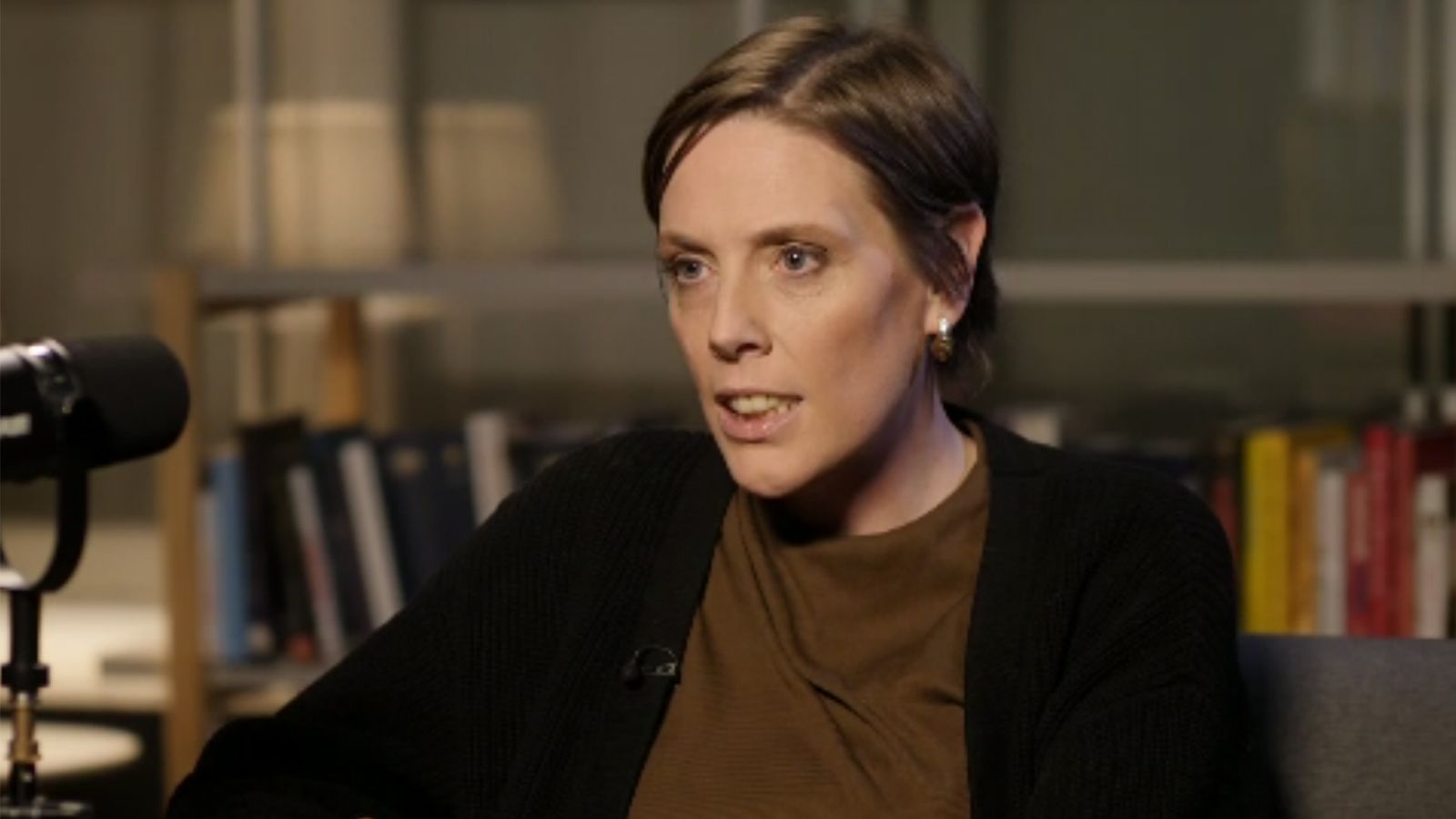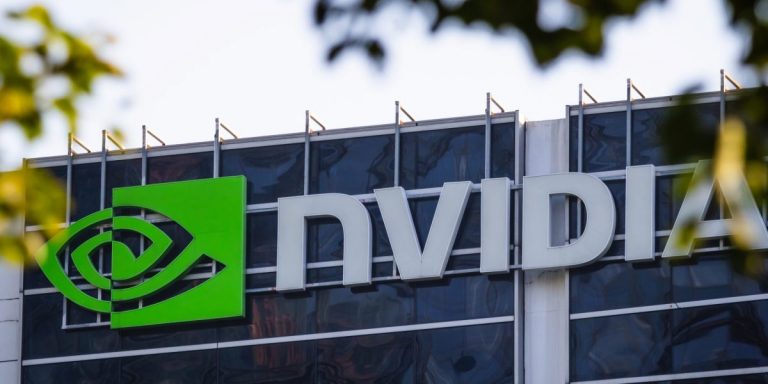
Jess Phillips has said she has “more important things to be thinking about” than Elon Musk after he accused her of being a “rape genocide apologist”.
The safeguarding minister has hit back at the billionaire’s criticism of her for the first time, telling Sky News’ Electoral Dysfunction podcast that his claims are “ridiculous” and she will be led by what victims have to say, not him.
Mr Musk made the comments after Ms Phillips denied a request for the Home Office to lead a public inquiry into child sexual exploitation in Oldham, saying it should be done at a local level.
Oldham, in Greater Manchester, was one of a number of areas where girls as young as 11 were groomed and raped over a decade ago in a national scandal that was exposed in 2013.
The comments have sparked a political row – with the Tories and Reform UK now calling for a new public inquiry into grooming gangs.
Ms Phillips told Sky’s political editor Beth Rigby that the world’s richest man, who owns SpaceX and is the CEO of Tesla, should “crack on with this ‘getting to Mars'”.
“You know, Elon Musk is going to [do] Elon Musk. I’ve got bigger and more important things to be thinking about.”
She said she has dedicated her working life to child exploitation and it was “painful” to watch it become “political football”.
There has already been a seven-year national inquiry into child abuse in England and Wales, which the Conservatives commissioned in 2015 and which looked at grooming gangs.
This breaking news story is being updated and more details will be published shortly.
Please refresh the page for the fullest version.
You can receive breaking news alerts on a smartphone or tablet via the Sky News app. You can also follow us on WhatsApp and subscribe to our YouTube channel to keep up with the latest news.


























+ There are no comments
Add yours